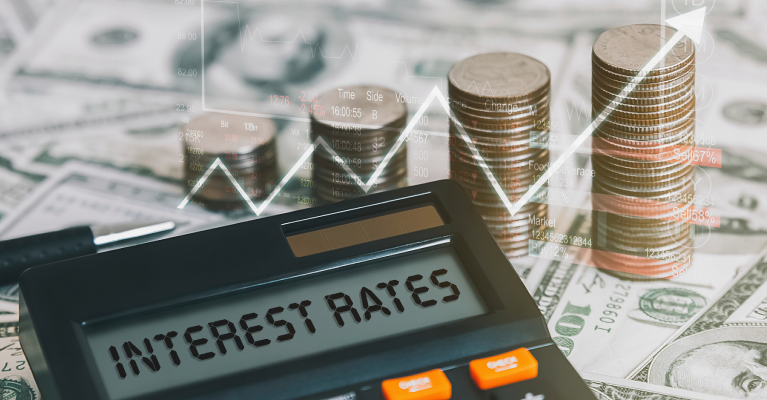One area of the equity markets that often gets neglected is the mid cap space. Investors and the media primarily focus on large capitalized companies. At certain times, small cap companies will be mentioned as pockets of opportunities to increase portfolio returns. But mid cap companies barely get any attention, as if they don’t even exist. I am of the opinion that over the intermediate term, mid cap companies could be fruitful investments within client portfolios.
The traditional range of market capitalization for mid cap companies is between $2 billion and $10 billion. One could argue that upper range should be higher as the overall market capitalization of the stock market has exponentially increased and larger companies have increased to the highest proportions in history, with a few such as Apple, Microsoft, Amazon, and Alphabet having surpassed $1 trillion.
Nevertheless, moving lower through the market capitalization spectrum delivers opportunities and risks. The primary opportunity is implied by their name. Mid cap companies are not as large as their large cap counterparts; thus, they hypothetically have more room to grow. They have also gone through the startup phase and are mature companies, thus removing some of the bankruptcy/default risk born in small cap investing. Having gone through the startup phase, these companies can now focus on business improvement and efficiency to maximize revenue and earnings growth.
Beyond the overall backdrop for these types of investments, mid cap companies can provide a more leveraged way to play a strong economic recovery but avoids the most vulnerable, smaller companies if the pandemic takes hold of the world again and another global shutdown ensues.
Four factors that support this argument are early signs of economic recovery, successful vaccine development, a Democratic controlled Congress, and valuations. After what is looking like the quickest recession in history, some economic metrics are signaling a strong economic rebound in 2021.
An example would be the latest PMI (Purchasing Managers Index) figures released in early January. In addition, vaccine development has been successful and now the focus has turned to distribution. Hurdles will have to be overcome but early indications are for increased ramp-up in vaccine availability within the first 100 days of Biden’s presidency.
The Georgia Senate runoff elections went in favor of the Democratic candidates, resulting in a tie in the Senate measured by political party with Vice President Harris the tiebreaking vote. This raises the probability of President Biden’s ability to pass massive fiscal stimulus in 2021.
Lastly, valuations arguably support an allocation to mid-cap companies. Typically, mid cap and small cap valuations trade at a premium to the large cap space. This is logical considering smaller companies normally produce higher growth rates in revenues and earnings, thus warranting higher valuations. Over the last few years, mid cap and large cap valuations have been trading around parity. With expectations of a strong economic recovery in the future, one would expect the mid cap space to rerate higher as it has in the past to at least parity and more likely higher, outpacing returns versus large cap companies.
It is important to remember a diversified portfolio can lead to enhanced risk adjusted returns. Forgetting about certain aspects of the equity markets can detract from returns over the long term. Mid cap investments tend to fall into that forgotten investment category. Tilting an equity portfolio towards mid cap companies at certain times can help produce returns greater than a large cap benchmark. The current economic and political environment could be one of those times.

Helping you boost your financial intelligence.
Read our financial resources from your friends at WSFS.




